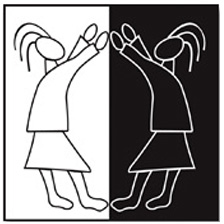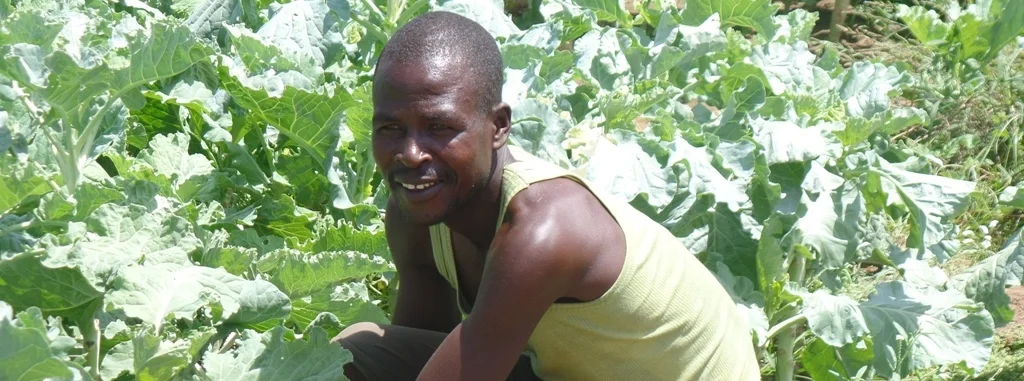Current Projects:
kakuma mission hospital
Kakuma Mission Hospital is located in Kakuma, about 100 kilometers from the capital of Lodwar. It is very near to the Kakuma refugee camp, established and run by Kenya and the United Nations to provide for many refugees fleeing conflicts in adjacent countries, including most recently South Sudan. The camp currently provides for about 180,000 refugees; Kakuma itself has a population of about 65,000, and the surrounding county has a large population dispersed over a vast area. Malnutrition, communicable disease, and malaria are ongoing problems in the area. Yet, there are only 3 medical facilities to attend to medical care: Kakuma Mission Hospital, a hospital located within the refugee camp, and a small private clinic. The Mission Hospital thus represents a vital resources for the population. We have visited the Hospital several times, and learned that the town could only supply the Hospital with water two days a week, which posed a serious challenge to efforts to ensure sanitation and the patients' needs. We partnered with the Charles Lamar Foundation to fund a project to drill a borehole for water, to install solar pumps and piping, and to erect two very large greenhouses. We received word last week that the project has been completed and water is flowing, ensuring the Hospital a constant supply of water and produce to supplement the patients' diet.
We inspected the project this summer and were asked to fund a smaller proposal to purchase chickens and goats, build appropriate enclosures for the animals, and to purchase fruit trees and the like. We have just approved that proposal and will be funding it very soon.
st. james secondary boys' school
There is no tax base in Turkana, and public schools have been essentially non-existent. Yet the demand for education is enormous. The Diocese of Lodwar established twenty-plus schools, which were transferred to the County of Turkana several years ago. The Diocese believes that there is still a tremendous need for schools, and plans to build and operate a number of additional facilities. Most recently it began construction of St. James, a boarding school for boys on the outskirts of the capital city of Lodwar. We partnered with the Peter O'Toole Foundation, which provided the capital for construction, and are administering the foundation grant on its behalf, and are considering installing greenhouses at the school Three of the fourteen buildings planned for the site are nearing completion, and the school plans to admit its first class in early 2017.
queen of peace girls school
Queen of Peace was the first new school built by the Diocese, located adjacent to St. James. It is essentially completed, but we have been asked to supply a borehole for water and greenhouses for produce. It is a boarding school, so the produce will support the food program. Importantly, the school will introduce agriculture into its curriculum, to educate the girls on nutrition and the importance of agriculture.
edukuroit
The Edukuroit clan of approximately 210 families lies up-river from Lodwar, the capital of Turkana. Families there have been engaged in some form of farming along the river for generations and have dug canals by hand to enable them to put more land under cultivation.
The farms were seriously damaged by flooding recently, leaving them with a dire food shortage; in 2013 they were surviving on emergency food rations and the little they make by using palm fronds to make brooms that are sold in Lodwar.
We were impressed by this site, and by the clan’s chief Chairman Sakkorita. The clan has been farming, wants to farm, has the expertise, has the water, and wants to support itself. They are eager to enter into a partnership of some sort, and seem willing to entertain new ideas and techniques which may be of value to them and there is significant room for expansion in terms of cultivated land.
In July 2015 we funded the purchase of supplies for the Edukuroit, including tools, seeds, fertilizer and farm animals. We visited the village this summer and are pleased to report that the clan used our contributions to dig a new, one-kilometer canal, with smaller, branch canals, bringing another 100 acres of land under production, doubling the acreage available to farm. Each of the 150 families received four chickens, most now have eight or ten. They eat the eggs and, when the chickens are no longer laying them, sell them in town for a fair price.


